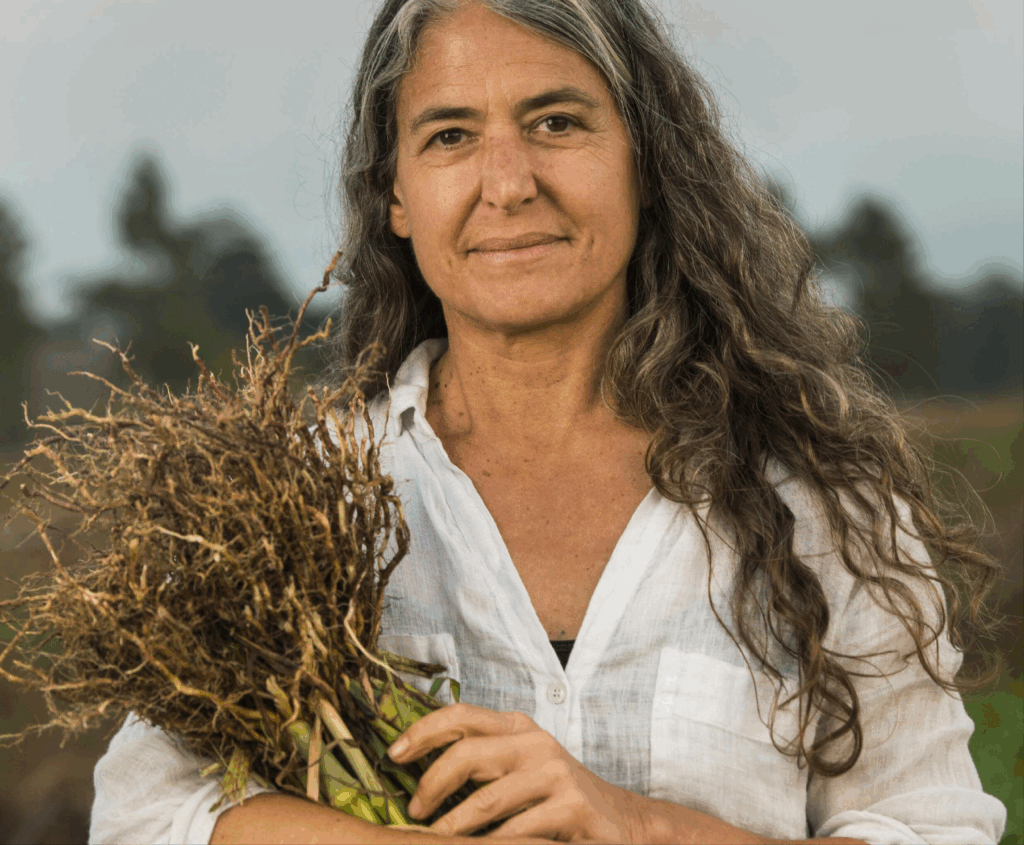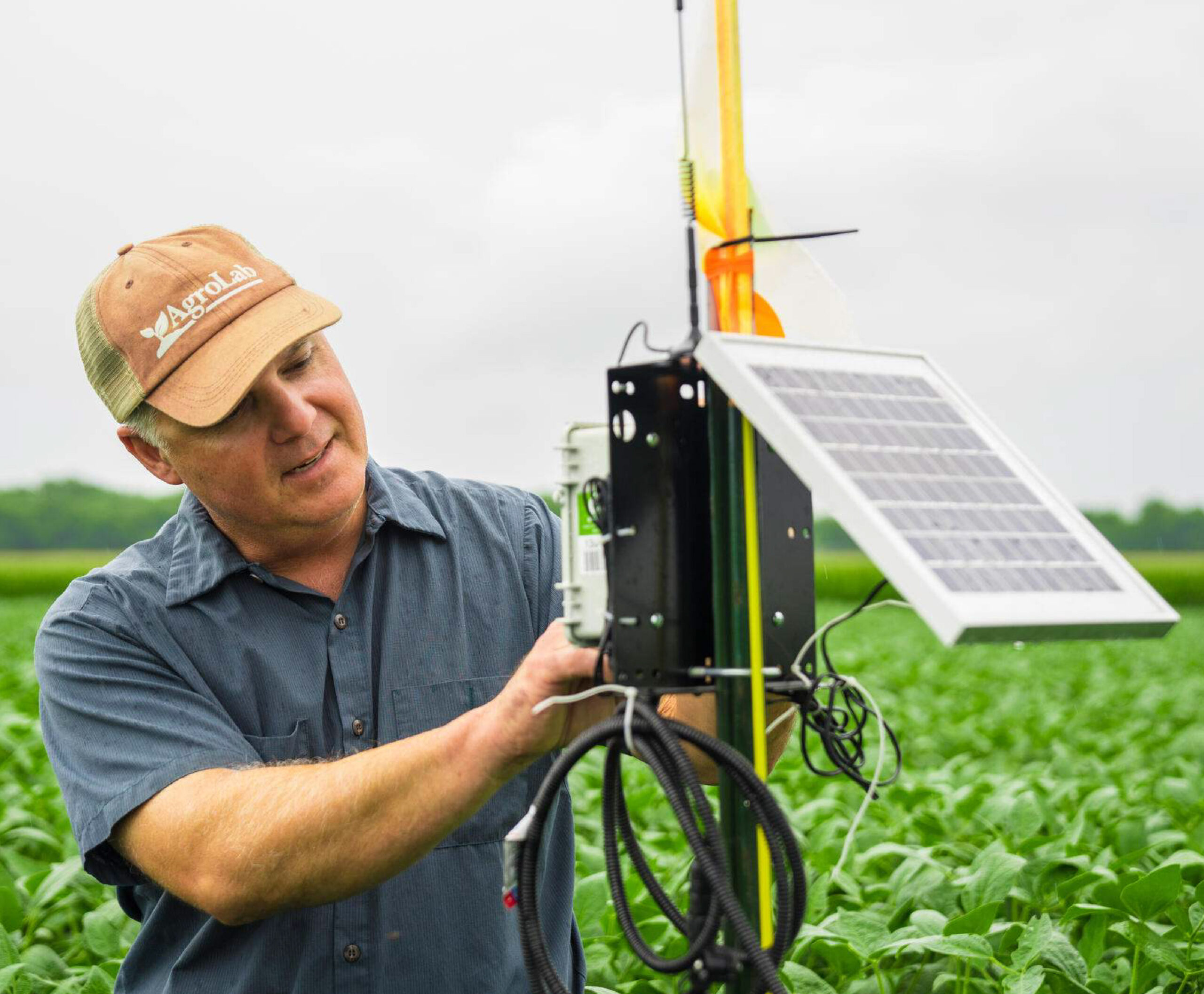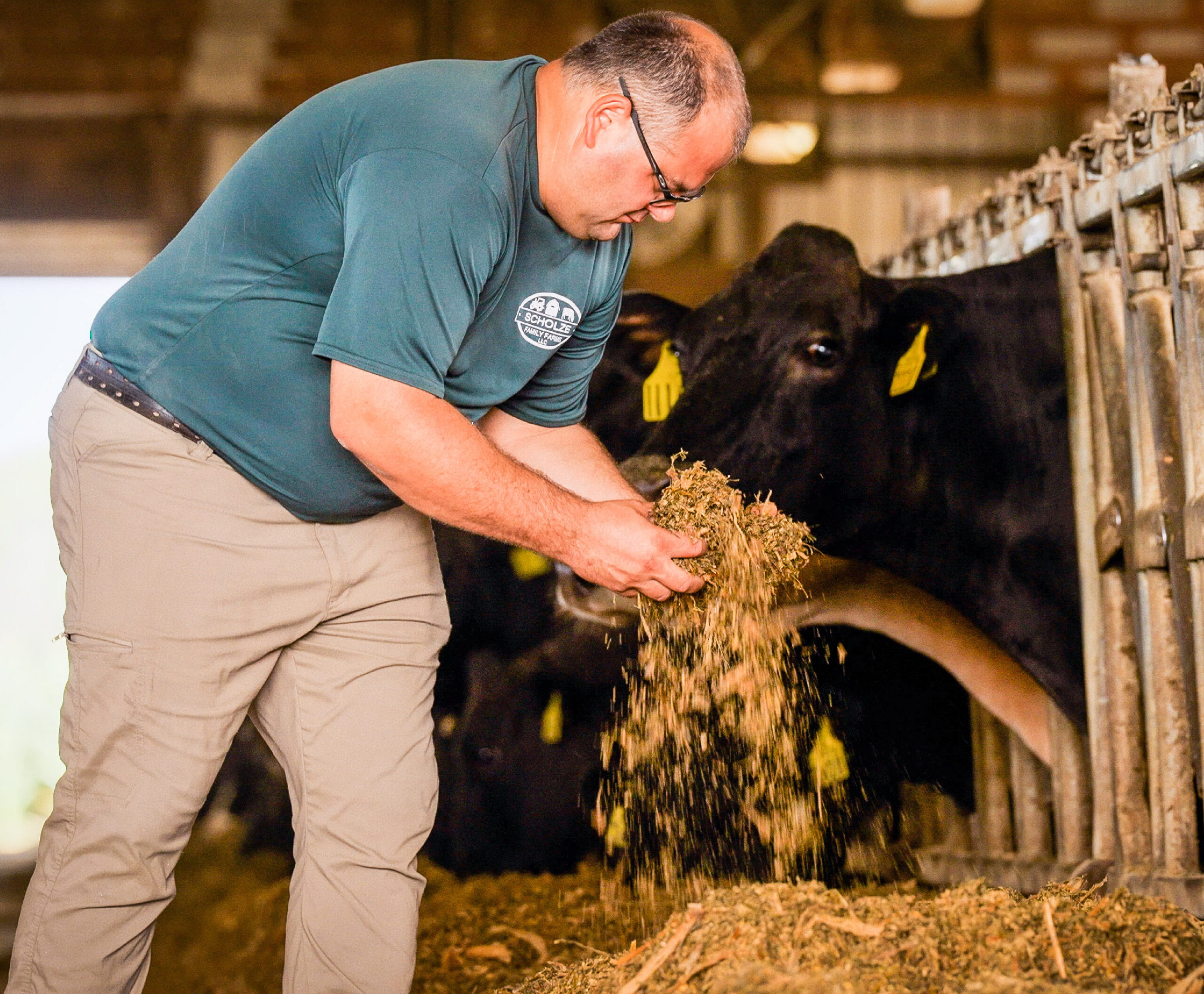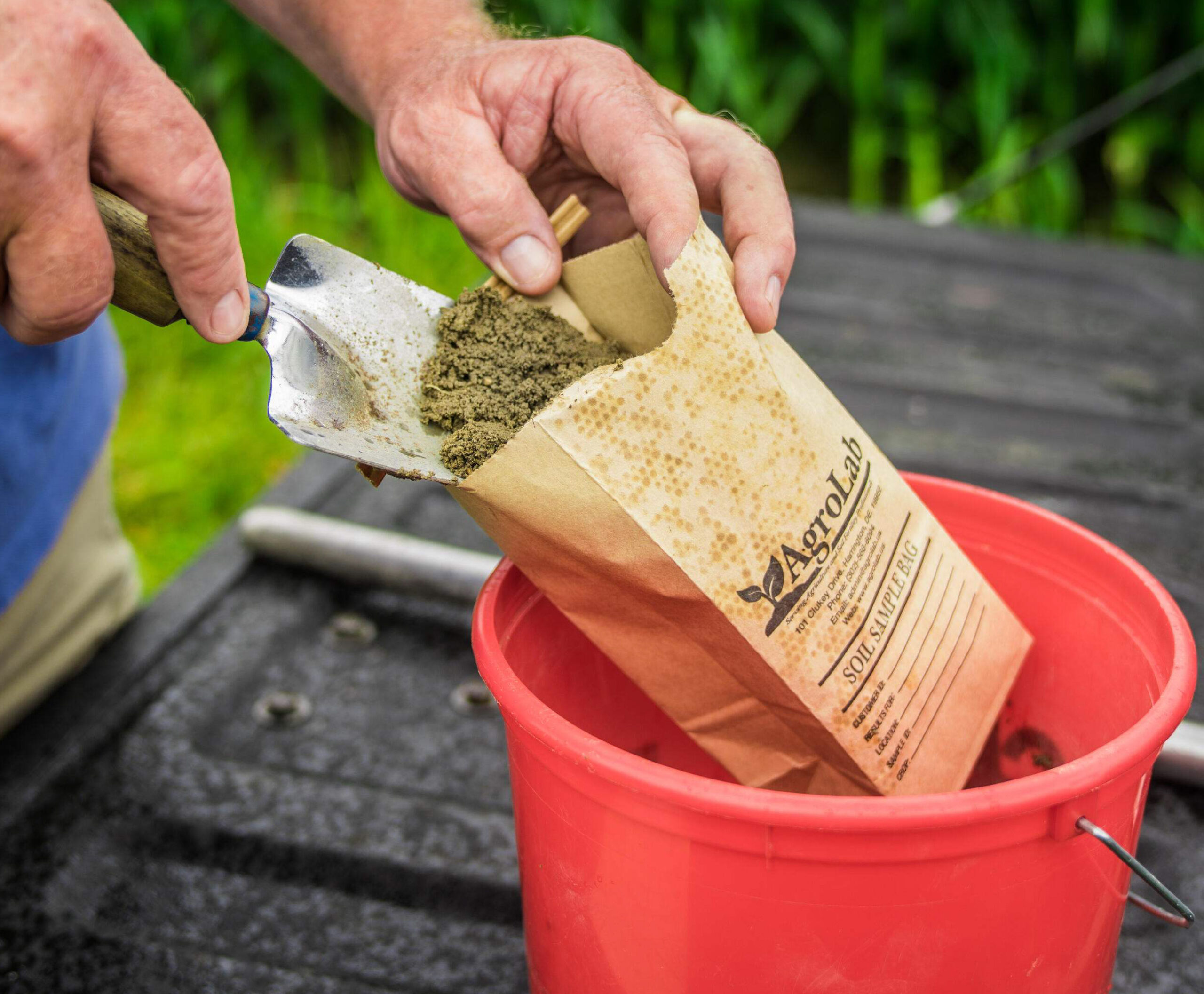
Nutrient management in California
is essential to sustainable agriculture, promoting the long-term productivity of farmland while safeguarding environmental health. California, the nation’s leading agricultural state, faces growing challenges related to nutrient imbalances, water quality issues, and climate change. Effective nutrient management is a critical tool for improving crop yields, reducing environmental impacts, and ensuring food security.

What difference does nutrient management make for farmers and communities in California?
Proper nutrient management is economically beneficial for farmers, reducing unnecessary fertilizer costs and increasing profitability.
Research has shown that balanced nutrient application can improve crop productivity. For example, case studies conducted by American Farmland Trust in California’s Central Valley in 20191 and 20202 found that farmers using soil health practices, including proper nutrient management, saw yield increases ranging from 10-20% in their almond farms.3
The USDA’s Natural Resources Conservation Service (NRCS) estimates that approximately 89 million acres of U.S. cropland (28% of total U.S. cropland) are exceeding the nitrogen loss threshold. Implementing a Nutrient Management Plan on such acreage can save farmers an average of nearly $30 per acre4, highlighting both economic and environmental benefits.
A case study by the American Farmland Trust found that an almond farmer in California who implemented nutrient management saved up to $197 per acre annually on fertilizer costs and reduced his pesticide use by $212 per acre per year.2
A study conducted in the Northeast and Midwestern United States found that farmers adopting cropland nutrient management achieved 12% higher corn yields while reducing nitrogen fertilizer use.5 These changes resulted in cost savings of up to $20 per acre due to reduced fertilizer input costs.
Efficient nutrient management reduces nutrient runoff, protecting local water resources and preserving California’s vital ecosystems.
Proper nutrient management practices, such as precision application and soil testing, significantly reduce the amount of excess nutrients that enter California’s waterways.6
Improved irrigation scheduling and nutrient management in the Salinas Valley reduced nitrogen fertilizer applications by 211 tons annually and decreased nitrate leaching into groundwater by up to 50%, demonstrating the effectiveness of precision irrigation and fertigation techniques in mitigating nutrient losses.7
Healthy soils are also more resilient to extreme weather events, such as droughts and floods
Research conducted by the Soil Health Institute and Cargill showed that 85% of farms that adopted soil health management systems, which include a suite of soil health practices including nutrient management, reported improvements in drought resilience, and 94% noted better water retention, both critical during heavy rainfall or dry periods.8
Remote sensing data shows that healthy soils are also more resilient to extreme weather events, such as droughts and floods, which are becoming more frequent with climate change.9
Nutrient management practices can help reduce greenhouse gas emissions from agriculture
California has 6.7 million acres of land suitable for improved nitrogen management. By using nitrogen fertilizers more efficiently, the state can reduce both its in-field and upstream emissions. This could lead to a cumulative reduction of 71.7 million metric tons of CO2e greenhouse gases by 2050.10
What can be done with more funding for cropland nutrient management?
Expand incentive programs
Increased funding could expand incentive programs that provide financial support to farmers who adopt sustainable nutrient management practices. These incentives can help offset the initial costs of implementing new practices and encourage more farmers to participate.
Support education and training initiatives
Expanding education and training programs for farmers on nutrient management techniques is crucial. Workshops, webinars, and field demonstrations can help farmers understand the benefits and methods of nutrient management.
Enhance collaboration and partnerships
Encouraging collaboration between government agencies, research institutions, and agricultural organizations can facilitate the sharing of knowledge and resources, helping to scale nutrient management practices.
Provide more technical assistance
Providing technical assistance to farmers is crucial. More funding could be used to help federal and state agricultural agencies hire and train experts who can work directly with farmers to develop and implement nutrient management plans.
Scale Edge-of-Field Practices
Increased funding could help , such as buffer strips and constructed wetlands, which are effective in reducing nutrient runoff and improving water quality.14
Click for References
1. American Farmland Trust. (2024). Okuye Farms Soil Health Case Study. Retrieved from https://farmlandinfo.org/wp-content/uploads/sites/2/2024/05/okuye-farms-soil-health-case-study.pdf
2. American Farmland Trust. (2024). Rogers Farm Soil Health Case Study. Retrieved from https://farmlandinfo.org/wp-content/uploads/sites/2/2024/05/rogers-farm-soil-health-case-study.pdf
3. American Farmland Trust. (n.d.). Soil health case studies findings. Retrieved from https://farmland.org/soil-health-case-studies-findings/
4. USDA NRCS. (2022). Nutrient management. Retrieved from https://www.farmers.gov/conservation/nutrient-management
5. Sela, S., van Es, H. M., Moebius-Clune, B. N., Marjerison, R. D., Melkonian, J. J., & Moebius-Clune, D. J. (2016). Adapt-N outperforms grower-selected nitrogen rates in Northeast and Midwest USA strip trials. Agronomy Journal, 108(4), 1726-1740. Retrieved from https://acsess.onlinelibrary.wiley.com/doi/10.2134/agronj2015.0606
6. Dzurella, K. N., et al. (2012). Nitrogen sources and loading to groundwater in the Central Valley. Retrieved from https://ucanr.edu/sites/groundwaternitrate/files/139103.pdf
7. Coastal Conservation and Research. (2017). Salinas Valley Integrated Nutrient Management Project Final Report. Retrieved from https://mlml.sjsu.edu/ccwg/wp-content/uploads/sites/23/2020/01/SalinasINMProp84_FinalReport-170327.pdf
8. Soil Health Institute. (2021). 100 Farm Fact Sheet. Retrieved from https://soilhealthinstitute.org/app/uploads/2022/01/100-Farm-Fact-Sheet_9-23-2021.pdf
9. The Nature Conservancy. (2019). Remote sensing data advances soil health science. Retrieved from https://blog.nature.org/2019/11/02/remote-sensing-data-advances-soil-health-science/
10. The Nature Conservancy. (2020). Story maps: Environmental outlook for the future. Retrieved from https://storymaps.arcgis.com/stories/a891b41520c343a582b845dcbb89e48b#ref-n-LPi7NI
11. Fargione, J. E., et al. (2018). Natural climate solutions for the United States. Science Advances, 4(11), eaat1869. Retrieved from https://www.science.org/doi/10.1126/sciadv.aat1869
12. Eagle, A. J., et al. (2022). Climate mitigation pathways for U.S. agriculture and forestry. Retrieved from https://www.edf.org/sites/default/files/documents/climate-mitigation-pathways-us-agriculture-forestry.pdf
13. U.S. Nature4Climate. (2024). Support for implementing natural climate solutions in the United States is strong and growing. Retrieved from https://usnature4climate.org/2024/08/07/support-for-implementing-natural-climate-solutions-in-the-united-states-is-strong-and-growing/
14. The Nature Conservancy. (2020). Environmental outlook for the future report. Retrieved from https://www.nature.org/content/dam/tnc/nature/en/documents/EOF_Report_LORES_SPREADS.pdf
15. The State of California’s Draft Priority Climate Action Plan. (2024) Retrieved from https://www.epa.gov/system/files/documents/2024-03/california-cprg-priority-climate-action-plan.pdf

Make the case for cropland nutrient management
Customize a PDF infographic to help you make the case for why cropland nutrient management is important to empower and protect communities in California from the effects of the changing climate.


Learn More

Contact experts on sustainable agriculture:
Below is a list of organizations that specialize in sustainable agriculture within our coalition. Send us an email and we’ll direct you to the correct person to communicate with.

Explore our “Science for Decision-Makers” page
The “Science for Decision-Makers” section highlights key research on nature-based solutions in the U.S., including strategies like cropland nutrient management and agroforestry, complemented by blog articles, case studies, videos, and infographics that summarizes the research and explain the impact it can have on real-world situations.

What is the science?
See the climate mitigation potential of cropland nutrient management and other agricultural strategies in our Science page.
What else can be done?
- See how post-fire reforestation is benefiting communities in California
- Explore other states






